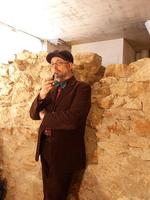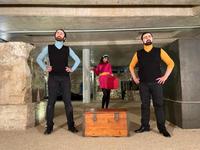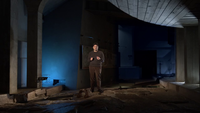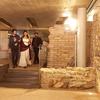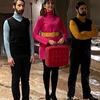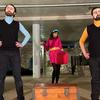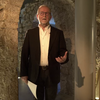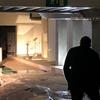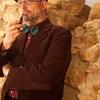Archaeology goes on stage
Two theatrical shows for an unusual visit to the Roman Tridentum together with the actors of Emit Flesti and a docufilm by Marco Gobetti, with excerpts recited by Giuliano Comin and insight by Franco Nicolis.

"Un giro al S.A.S." (“A tour in the Sas Underground Archaeological Space”) and "Il gioco al tempo dei Romani" (“Pastime in the Roman times”): Two theatrical shows for an unusual visit to the Roman Tridentum together with the actors of Emit Flesti: Valentina De Cecco, Giulio Federico Janni, Annalisa Morsella, Simone Panza, Niccolò Pedelini; direction by Alessio Dalla Costa.
Conflict archaeology: quel che resta della Grande Guerra (Conflict archaeology: what remains of the Great War) is a docufilm by Marco Gobetti with excerpts recited by Giuliano Comin and insight by Franco Nicolis.
A tour in the Sas Underground Archaeological Space
| Dedicated to young people, but also very enjoyable for adults, “A tour in the Sas Underground Archaeological Space” offers an unusual exploration of the site thanks to the cheekiness of an eccentric uncle, a professor and a great lover of history, and his hesitant nephew; they sneak into the Roman Tridentum on the day it is closed to the public. Among bickering and misunderstandings, they will have an unexpected encounter, where reality and fiction are confused, leaving protagonists and spectators in an atmosphere suspended between past and present.
|
|
Pastime in Roman times
| Three eccentric characters from the year 2225 undertake a special mission for a noble cause, travelling back in time to find themselves in the Tridentum of 225 AD. Catapulted into this alien reality, will the trio will complete their challenging task?
|
|
Conflict archaeology: what remains of the Great War
| A docufilm composed of three parts: Le scarpe, I corpi e La memoria della materia ("The Shoes", "The Bodies" and "The Memory of Matter"). A journey through the "tangible" traces of the First World War, starting with a pair of straw boots used a century ago at Punta Linke. In the narrative, the bodies, objects and clothes of the soldiers follow one another in an exciting balance between emotional knowledge and historical reconstruction.
|
|
